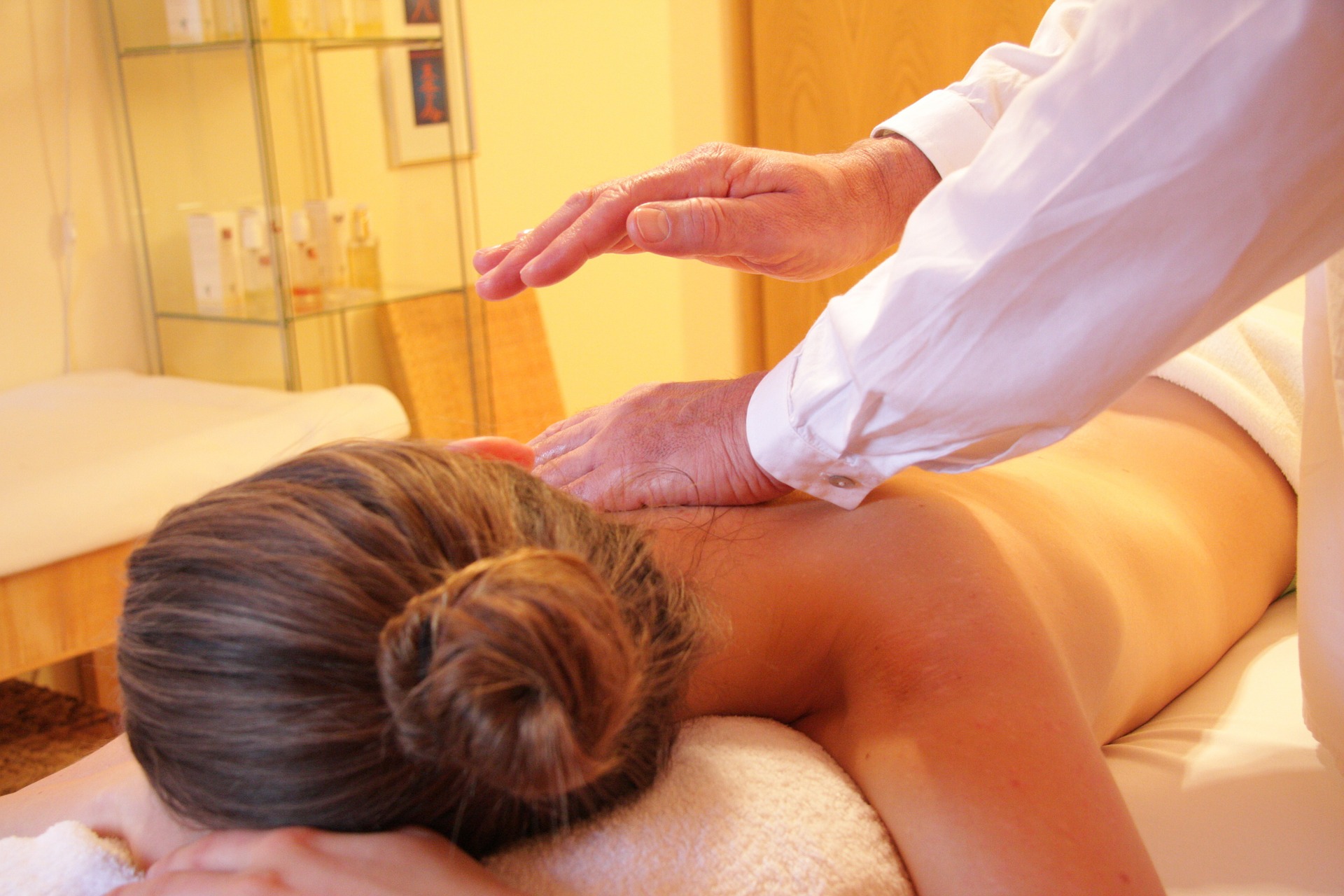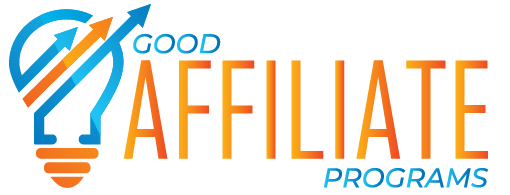
Integrative Medical Therapy (IMT) is an approach to healthcare that combines conventional Western medicine with complementary and alternative therapies. IMT aims to address the root causes of illness and disease rather than just treating symptoms. IMT recognizes that physical, emotional, and spiritual factors can all contribute to a person’s overall health, and it seeks to address all of these aspects of a patient’s well-being.
Understanding Integrative Medical Therapy and its Benefits
IMT often includes a variety of therapies, such as acupuncture, chiropractic, nutrition counselling, and 마사지. Massage, in particular, can play an important role in IMT. Massage therapy involves the manipulation of soft tissues in the body, including muscles, tendons, and ligaments. This can be done with the hands, fingers, elbows, or other tools.
Massage therapy can help manage various health conditions, including chronic pain, anxiety, depression, and sleep disorders. It can also improve circulation, reduce inflammation, and promote relaxation. In an IMT setting, massage therapy can be used alongside other therapies to create a comprehensive treatment plan that addresses the patient’s unique needs.
One of the benefits of IMT is that it takes a holistic approach to healthcare. Rather than just treating the symptoms of a disease or illness, IMT seeks to address the condition’s underlying causes. This can lead to better long-term outcomes for patients and improved quality of life. By incorporating massage therapy into an IMT treatment plan, patients can experience massage’s physical and emotional benefits while addressing their other healthcare needs.
Different Types of Massage and their role in IMT Setting
There are many different types of massage, each with unique techniques and benefits. Here are a few examples of the different types of massage that can be used in an IMT setting:
- Swedish Massage: This is the most common type of massage, and it involves long, flowing strokes to help promote relaxation and improve circulation.
- Deep Tissue Massage: This type of massage involves more intense pressure than Swedish massage and is often used to target specific areas of muscle tension or pain.
- Sports Massage: This type of massage is designed for athletes and people who engage in regular physical activity.
- Trigger Point Massage: This type of massage targets specific areas of muscle tension known as trigger points. By applying pressure to these points, trigger point massage can help relieve pain and reduce muscle spasms.
In an IMT setting, the type of massage used will depend on the patient’s needs and health condition. A skilled massage therapist will work with the patient to develop a treatment plan that addresses their unique needs and goals.
In conclusion, Integrative Medical Therapy is a holistic approach to healthcare that addresses the root causes of illness and disease. 마사지 therapy can be an important component of an IMT treatment plan, providing patients with physical and emotional benefits while addressing their other healthcare needs. By understanding the different types of massage and their unique benefits, patients can work with their healthcare providers to create a comprehensive treatment plan that addresses their needs and goals.



